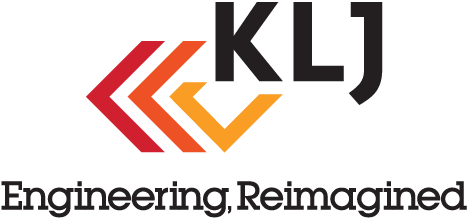DBE Compliance for AIP Project Bids

The bid opening for your Airport Improvement Program (AIP)-funded project was a huge success. Six closely grouped bids were opened, and three of the bids were less than the Engineer’s estimate. Preliminary bid analysis indicates the low bid was responsive. However, the Airport Sponsor has established a Disadvantaged Business Enterprises (DBE) goal for capital projects at the airport, and the DBE Certification submitted with the low bid indicates 0 percent DBE participation. What do you do now?
DBE participation in Department of Transportation Financial Assistance Programs (including AIP) is governed by Title 49 CFR Part 26. The opening sentence of Subpart C, Section 26.53 sets the standard: “When you have established a DBE contract goal, you must award the contract only to a bidder/offeror who makes good faith efforts to meet it.” The low bidder can satisfy this standard either by obtaining enough DBE participation to meet the goal or by documenting adequate good faith efforts (GFE) to meet the goal. Since your project’s low bidder indicated the DBE goal would not be met, the Airport Sponsor must determine if the low bidder’s GFE documentation was “adequate”.
First, check the project’s bid solicitation to determine if the DBE information listed in 49 CFR 26.53(b)(2) was required to be submitted with the bid or within five days after bid opening. Then assemble and review the GFE documentation submitted by the low bidder. 49 CFR 26 Appendix A provides guidance concerning GFE; use it to structure your review. Some issues to consider:
- Minimal efforts do not constitute GFE. The guidance requires “that the bidder must show that it took all necessary and reasonable steps to achieve a DBE goal…” A newspaper ad or mailing requesting DBE sub-bids sent to all DBEs registered in the state is a positive step, but does not constitute GFE without supplementary efforts. Examples of reasonable GFE actions:
- Bidder identified specific work sub-elements that local DBE firms could perform and directly solicited DBE interest from targeted firms for those work items.
- Documentation that targeted DBE firms were solicited early in the bid process to provide adequate time to develop proposals for work the targeted DBE firms are capable of completing.
- Phone log documenting contact with targeted DBE firms and discussion of roles they could perform on the project.
- Documentation that bidder specifically solicited DBE firms to perform work the bidder normally self-performs.
- If other bidders certified they would meet the DBE goal, you may reasonably question whether additional efforts by the low bidder could have met the goal.
- Soliciting DBE interest early in the acquisition process and selecting portions of the work likely to attract DBE sub-bids (even if the bidder might otherwise perform these work items with its own forces) should be considered reasonable steps.
- The fact that there may be additional costs to find and use DBE subcontractors is not a sufficient reason for a bidder to not meet the DBE goal, as long as the additional costs are reasonable.
- A promise to find and use DBEs after award does not constitute GFE.
The purpose of your GFE review is to determine whether the efforts documented by the low bidder matched the efforts you would reasonably expect from a bidder who was actively and aggressively trying to obtain DBE participation sufficient to meet the DBE contract goal. You must be sure that the low bidder’s documentation is complete and accurate, and that it adequately documents GFE before awarding the contract.
If you determine that the low bidder failed to adequately document GFE, you must give the low bidder an opportunity for administrative reconsideration before awarding the contract to a different bidder. The decision on reconsideration must be made by an Airport Sponsor’s official who did not participate in the original decision that GFE had not been achieved. The required steps for the reconsideration process are detailed in 49 CFR 26.53(d).
The Airport Sponsor must continue to monitor DBE performance after awarding the contract. The contractor must use the DBE subcontractors identified in the bid submittal and cannot terminate a DBE subcontractor without the Sponsor’s consent. When a DBE subcontractor is terminated or fails to complete its work, the contractor must make GFE to find a replacement DBE subcontractor. The GFE to find a replacement DBE subcontractor must be documented in the Sponsor’s project file.
Your project’s AIP Grant Assurances require compliance with 49 CFR 26, and include the provision that the Airport Sponsor’s failure to carry out the terms of its DBE plan shall be treated as a violation of the grant agreement. Make sure that your execution of DBE program compliance responsibilities, including a determination that a bidder not achieving the DBE participation goal has exerted good faith efforts, is properly documented in the AIP project file.
